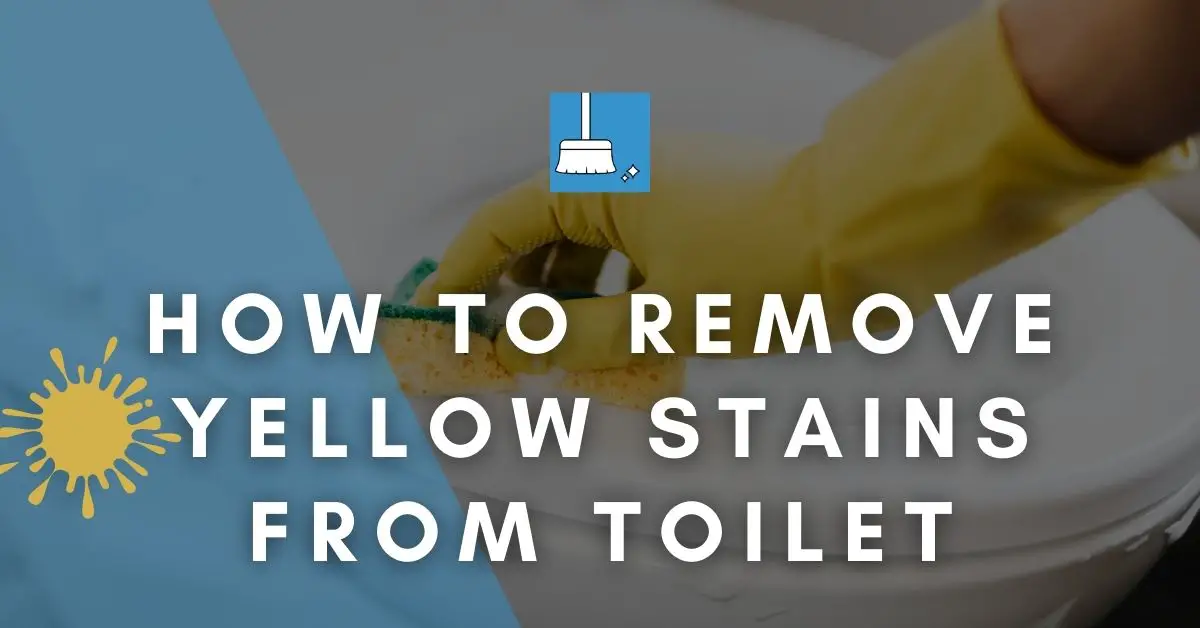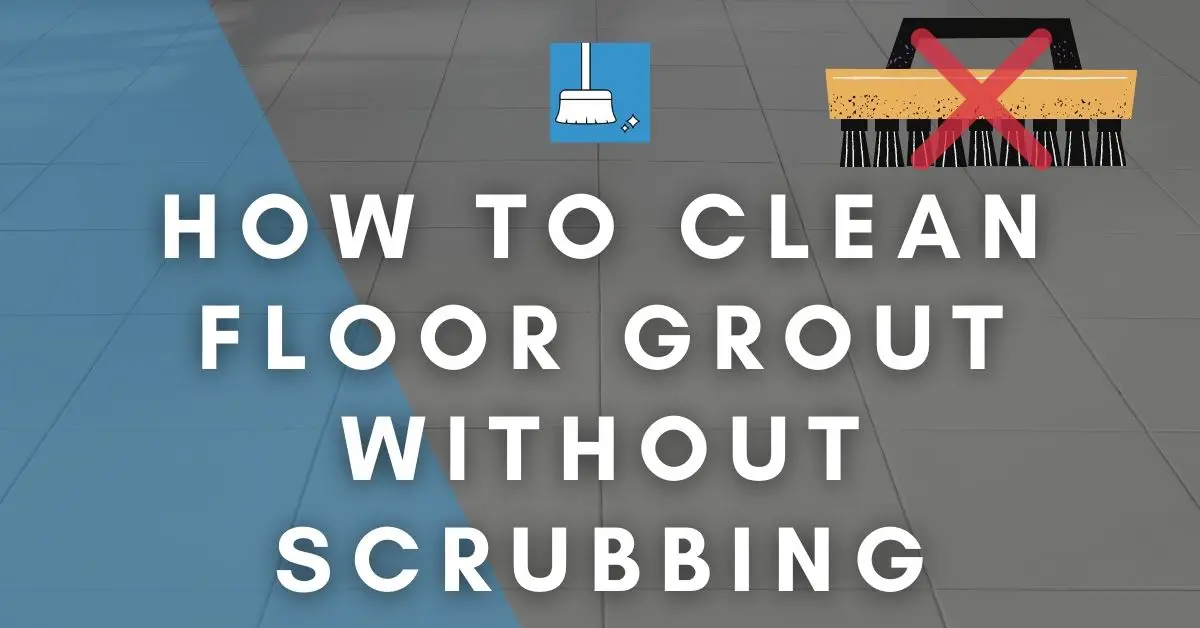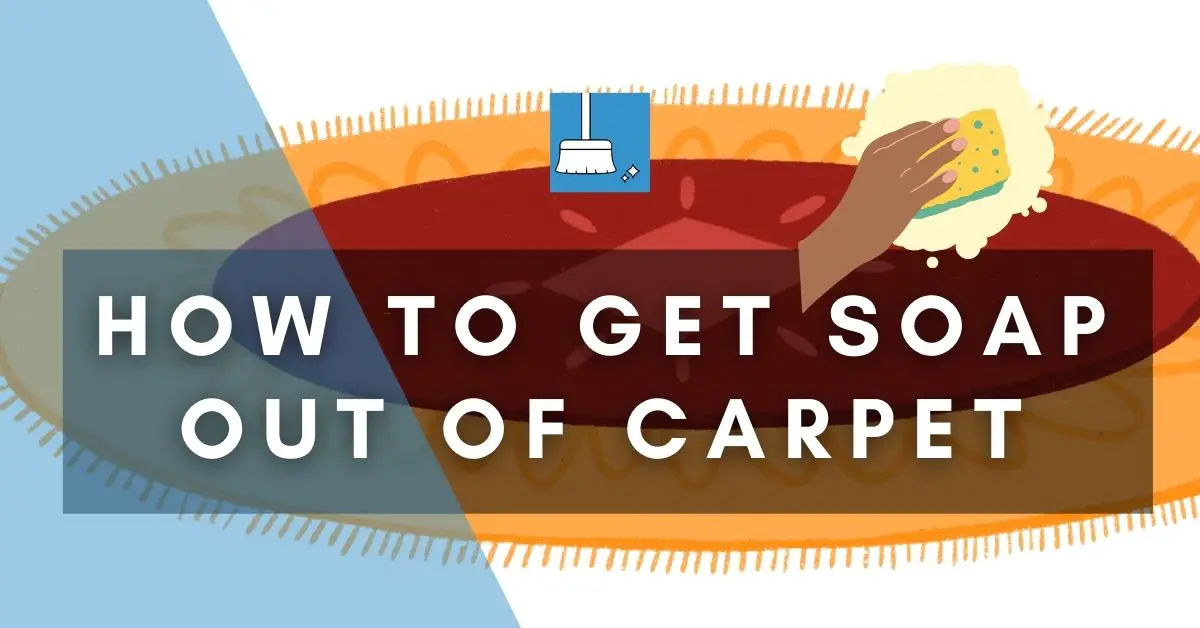You just noticed yellow stains on your toilet seat and it’s making you feel embarrassed. Your toilet needs some right cleaning to remove those stains.
Whether in your toilet or on bathroom walls, yellow stains are definitely unpleasing and discomforting for the eyes. We know the irritating feeling you get when you see a stained toilet seat either at a bar, at home, or even at school. Thus, to avoid them, you should have specific time set aside for cleaning the toilet regularly.
Cleaning the toilet seat and removing yellow stains can be done using simple steps. In this article, we’ll point out the causes of yellow stains and ways to remove them, and a lot more.
Causes of Yellow Stains on a Toilet Seat
There are various reasons why we see yellow stains on our toilet seats, and we might even get surprised when we set our eyes on a yellow-stained toilet seat.
But mostly the causes boil down to these two:
Urine Accumulation
Yes, Urine has been known to contain a yellow colorant known as Urochrome or Urobilin, which gives it a yellow color. If the toilet remains unflushed or even when it is not properly cleaned regularly, you see stains forming up.
When a stain is not tackled immediately, it makes itself at home in the toilet seat and, within some time, it changes to yellow, gets smelly, and thus very hard to tackle.
Hard Water
Yellow stains, which are often unusual colors found on the toilet seat, are mainly caused by hard water. Hard water tends to damage not only your sinks but also your toilet seats.
Hard water contains iron, calcium, and most times, magnesium. (Source) These usually stick on the seats causing the color to change to yellow.
How To Remove Yellow Stains From Toilet
Most of our dirty toilets and homes, in general, are because of our neglect and nonchalant attitude towards them. We must know the right cleaning procedures to ensure a healthy home and a germ-free life.
Here are 4 different methods to get rid of those dirty-looking yellow stains from your toilet:
METHOD 1: Using Vinegar and Baking Soda
What else would you be looking for if not these two environmentally friendly house cleaners?
As a widely known household cleaning solution, it is recommended to use Vinegar for a variety of cleaning projects. Vinegar is acidic and thus, gives a tough time to stubborn stains, including yellow stains.
YOU’LL NEED
Baking Soda
Vinegar
Toilet brush / Sponge
STEPS
STEP 1: Sprinkle Vinegar over and around the stained area and use a toilet brush to scrub it a bit, making sure that Vinegar gets to all parts of the toilet seat as well as the bowl. Let it sit there for 2 minutes.
STEP 2: Make a mixture of about 3 tablespoons of baking soda and 2 cups of vinegar.
STEP 3: Apply this mixture to the toilet seat and the bowl. Allow the mixture to sit there for 1 to 2 hours, and then scrub with a toilet sponge.
STEP 4: Keep applying Vinegar as you scrub until the stains are removed.
Simple! Isn’t it?
METHOD 2: Using Bleach
Bleach has been known worldwide as an effective sanitizer and an essential disinfectant. Using bleach is a good idea but is recommended only in the worst cases as it is highly corrosive. (Source)
While using bleach, be sure to work in a well-ventilated area and wear gloves to protect your skin from direct contact with it.
YOU’LL NEED
Bleach (1 cup)
Rubber gloves
Bucket
Toilet brush / Sponge
STEPS
STEP 1: Wear your gloves and pour about 1/3 cup of bleach into the inner edges of the toilet bowl after adequate measurement.
STEP 2: Use a toilet sponge or brush to scrub. Keep scrubbing the affected area until the stains disappear.
STEP 3: Add the remaining bleach into a bucket of water. Take out a container full of this solution for the next step and pour the remaining solution into the toilet.
STEP 4: Scrub other parts, including toilet lids, with the solution in the container and rinse properly. Replace the toilet seat and rinse again.
NOTE: Removing yellow stains from the toilet seat with bleach can be dangerous, so it is advisable to wear gloves and wipe off spills with pads.
METHOD 3: Using Vinegar
With its acidic nature, vinegar is capable of fighting off stains. Using Vinegar is very easy as it doesn’t require much work.
YOU’LL NEED
White Vinegar
Soft cloth
Toilet brush
Disinfectant
STEPS
STEP 1: Get the Vinegar, precisely white Vinegar, from a store and pour a little bit over a soft cloth until it gets damp.
STEP 2: Cover the affected area with the damp cloth and allow it to sit for 2 hours.
STEP 3: Remove the cloth and scrub the toilet seat with a toilet brush.
STEP 4: Keep applying Vinegar until the stains are no more visible.
STEP 5: With the yellow stains dislodged, rinse thoroughly and apply disinfectant if desired.
That was a cakewalk!
METHOD 4: Cleaning Toilet Stains With Coke
Coca-Cola drinks are made with phosphoric acid which has turned into a common stain-removing ingredient as it deals with limescale quickly and offers easy cleaning. Coca-Cola is not a disinfectant, and thus, you can use it if it is the only option you have.
YOU’LL NEED
2 cans of Coca Cola
STEPS
STEP 1: Measure out a cup or two of Coca-Cola and pour it around the rim of the bowl. Allow it to sit for 6 minutes.
STEP 2: While you wait for it to sit, the acid content in Coca-Cola would soften the stains, and thus, you now would only have to flush or scrub.
STEP 3: Scrub with a toilet brush and flush the toilet.
Removing Hard Water Stains From Toilet Seat
Hard water can quickly accumulate and cause stains on the toilets and sinks. These stains are mainly Mineral build-up and limescale that form up over time due to lots of minerals in the water. Removing hard water stains from the toilet is very necessary as they can affect our health.
Usually, you would see a stain lining at the level where water remains in the toilet bowl. These are called toilet bowl rings. Pumice stone is quite safe for toilets and does scratch them.
YOU’LL NEED
Pumice Scouring Stick
Gloves
STEPS
1- Wear your gloves as you would be cleaning the toilet bowl from inside.
2- Get a scouring stick and make it wet.
3- Start to rub the edge of the stick against the surface that needs to be cleaned.
4- After cleaning the surface, wash it under running water.
Removing Orange Stains From Toilet Bowl
Have you heard of an anaerobic bacteria called Serratia Marcescens? It is a slimy bacterium responsible for orange Stains (or Pink stains) in your toilet.
These stains can be caused due to many reasons. Moist bathroom with poop in the toilet is the leading cause. The pinkish film can appear during and after the new construction or remodeling of homes. It also might occur when the windows are kept open for long durations.
These stains are often found in sinks, taps, and tubs.
Here are the steps:
1- Use 1 cup of vinegar or bleach on the toilet seat/bowl and allow it to sit for 10 minutes.
2- Give it a proper scrub and finally rinse.
Getting Rid of Brown stains on Toilet Bowl
Brown stains are stains usually found at the bottom of the toilet bowl. They are caused by hard water which has a high Mineral concentration level.
These minerals can be calcium compounds or even iron and magnesium.
YOU’LL NEED
White vinegar (1 cup)
Toilet brush
STEPS
STEP 1- Slowly pour a cup of white vinegar down the toilet and use a toilet brush to make sure that it gets to all affected parts.
STEP 2- Allow it to sit for an hour or two, then scrub with the toilet brush until you don’t see the stains anymore.
STEP 3- Rinse by flushing properly.
Conclusion
Yellow stains in the toilet are an eyesore. But it is not that difficult to remove these. We’ve shown you the different proven methods to fight off these stains.
Pick any of the methods and get to work. Your toilet bowl and seat should look neat and clean again.
Cheers!





